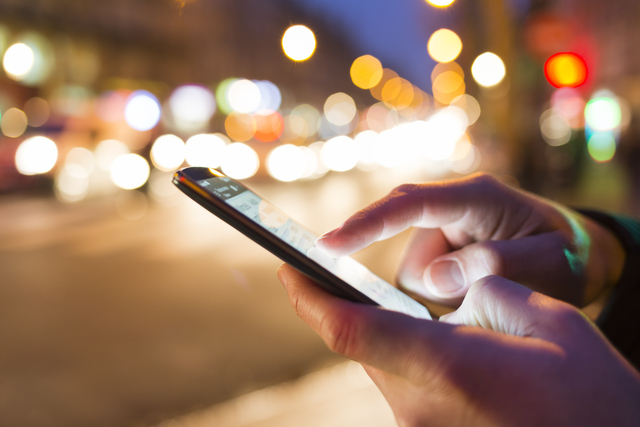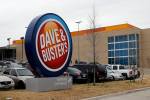Banks, credit unions think like marketers to engage smartphone-packing customers
Consumers are getting more comfortable paying for things with their phones, and that has banks and credit unions thinking more and more like marketers.
Armed with troves of data on what consumers buy, when and where, financial institutions have started sending coupons and offers from stores straight to customers’ mobile devices.
Banks have a big advantage in this era of hyper-personalized marketing: They know every spending habit of every customer. For example, a fast-food chain can send a coupon to someone who actually bought a fast-food meal using his debit card in the past month, rather than one who dines once a week at an upscale restaurant.
“Consumers need a reason to use a digital wallet,” said Jen Roberts, president of strategic alliance and loyalty solutions for JPMorgan Chase, which is developing a digital-payments service that customers can use at retail stores, in apps and on the web.
The bank has signed up Starbucks and Shell gas stations to accept Chase Pay in their physical stores later this year. Coupons, rewards programs and loyalty points will play an important role as the digital-payments service develops, Roberts said.
“When you look at solutions that are out there, there’s a reason why they haven’t taken off to the degree they were expected to,” she said. “If we don’t do this, someone else will.”
Banks are building up their marketing machines as they seek growth outside their traditional lending businesses while competing with Google, Apple and Samsung Electronics, all of which have a head start in mobile-payment technology.
The move to serve up coupons and offers might also help improve customer loyalty — particularly among millennials, who surveys show are more prone to switching banks than their elders.
Total revenue from third-party offers through mobile wallets with more than one credit or debit card will surpass $37 billion in the United States in five years, according to payments researcher Crone Consulting. And banks could generate at least $316 per customer a year by delivering ads and offers via their mobile wallet apps.
“You are talking about doubling or tripling their revenue per account,” said Richard Crone, chief executive of Crone Consulting. “They can’t walk away from this market; it’s theirs to lose.”
Cardlytics, which partners with banks and other financial institutions on “card-linked” offers that give customers cash back when they use their cards at participating stores, sees an 8 percent average click-through rate for offers online or via e-mail or mobile apps. About one third of those clicks translate into redeemed offers, the company says. By contrast, other digital ads’ click-through rates typically hover around 1 percent.
The Atlanta-based startup, with 40 percent to 50 percent annual revenue growth, is considering going public, according to Lynne Laube, president and co-founder. The largest banks using Cardlytics, whose partners include Bank of America Corp. and Citigroup Inc., make $50 million a year from the service, Laube said.
OFFERS FROM ONE NEVADA CREDIT UNION
One Nevada Credit Union, which has been offering cash back rewards to members through Cardlytics for about two years, just started pitching coupon offers through its mobile app, which is now actively used by about 35,000 people. The credit union hopes to launch its own wallet, where it will post offers from merchants, in order to make up for revenues lost elsewhere, such as in interchange fees banks receive to facilitate transactions, said Paul Parrish, chief operating officer at One Nevada Credit Union.
“Interchange in its current form is going to continue to diminish,” Parrish said. “You got to look for strategies to help offset that.”
Since banks have access to vast amount of personal spending data, privacy remains a concern.
For Cardlytics’ program, for instance, banks provide anonymized data, and Cardlytics only knows that a customer designated by a random number shopped at a particular store on a certain day over the previous month, and matches that information with an advertiser that needs to reach that kind of a shopper. Currently consumers can only opt out of the program — a setup some privacy advocates dislike.
“Any kind of use of data should be entirely opt in,” said Jay Stanley, senior policy analyst at the American Civil Liberties Union. “It should not be up to the customer to go out of their way not to be watched.” Still, he said that “if the technology is done right, there’s no reason that it can’t be done in a way to protect privacy and even improve it.”
Recently banks have tested new ways to expand their marketing reach. In April, U.S. Bank started a pilot program in Lawrence, Kansas, where consumers can use its mobile app to receive deals from about 20 local merchants as well as register a payment card. Every time they shop, deals are automatically presented at the time of purchase.
“When we were doing research with consumers around offers, what we heard is, ‘I don’t have an efficient way to know what offers are available in my communities from small businesses,’ ” said Dominic Venturo, chief innovation officer at U.S. Bank.




























